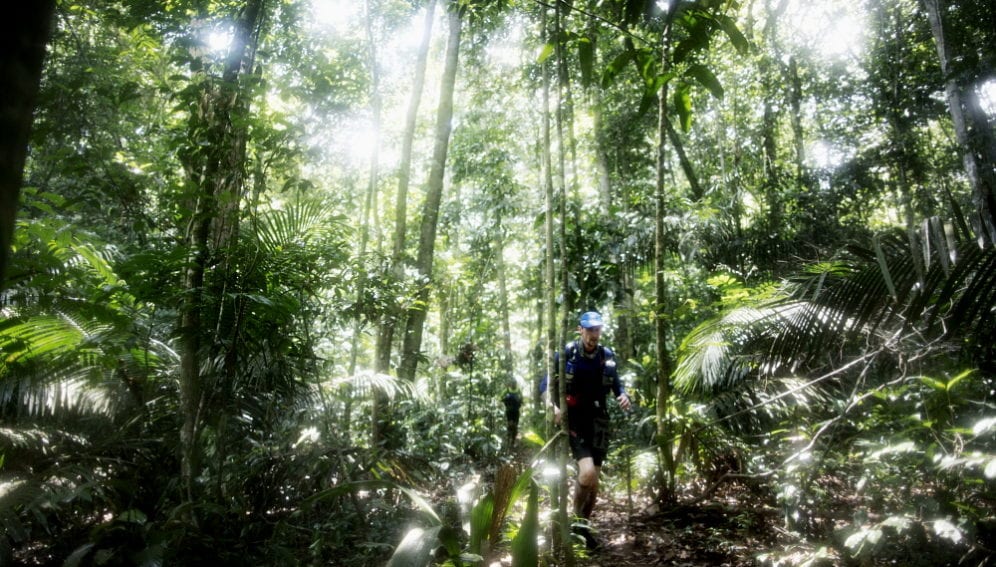By: Paula Leighton
Send to a friend
The details you provide on this page will not be used to send unsolicited email, and will not be sold to a 3rd party. See privacy policy.
[SANTIAGO] Creating protected areas that focus on maximising ecosystem services rather than minimising deforestation may be the key to reducing poverty or enhancing the environment in the affected communities, a new study argues.
The study, published in PNAS (15 June), analysed the impacts which some protected areas in Brazil, Costa Rica, Indonesia and Thailand have on the storage of carbon emissions and on poverty.
They determined that, although the protected areas studied were not established with CO₂ conservation in mind, altogether they stored at least a billion additional metric tonnes of the greenhouse gas in the study periods (between 2000 and 2008 in the Brazilian Amazon, up to 1997 in Costa Rica, between 1988 and 2008 in Indonesia, and before 1985 in Thailand).
“This is equivalent to the CO₂ generated by burning 466 billion litres of fuel,” says Paul Ferraro, researcher at Georgia State University in the United States and co-author of the study.
In economic terms, this means having provided ecosystem services worth at least US$5 billion, he notes.
But, according to the study, the impact of less deforestation on CO₂ is associated in some cases with the reduction of poverty and in others with its exacerbation.
For example, protecting low-gradient plots from deforestation — highly valued in agriculture and forestry — may impoverish local populations without necessarily generating significant CO₂ conservation.
Furthermore, preventing deforestation in areas close to city centres may help to store more CO₂, but may distance farmers from markets where they sell their products.
The impact of the protected areas also varies depending on whether the prevented deforestation or the stored CO₂ is measured. In Thailand, for example, the smallest impact on prevented deforestation is produced at around 100 kilometres from the cities, but this location has the biggest impact on storage of CO₂.
Because of this, the authors proposed creating models and maps that consider a balance between conservation of species and habitats and that of human wellbeing.
Ferraro tells SciDev.Net, when creating conservation policies, it should be kept in mind that “we are not trying to reduce deforestation, but to protect biological diversity, store CO₂, prevent erosion or provide hydrological, pollination and tourism services, among other things. Reducing deforestation is one way of doing this, but it should not be the goal.”
Marco Otoya, researcher at the International Centre of Economic Policy for Sustainable Development at the National University of Costa Rica, agrees that this focus will be more effective. But he adds that it is feasible “in countries with years of experience in protection and conservation, and with established environmental institutions”.
However, he tells SciDev.Net that “focusing on programmes to prevent deforestation is a start for countries where this has barely begun or where they are in the process of creating the capacity”.
This article has been produced by SciDev.Net's South-East Asia & Pacific desk.














